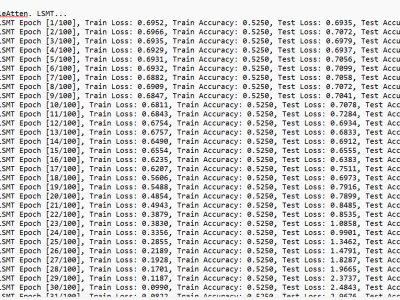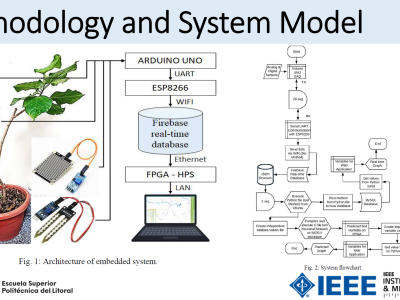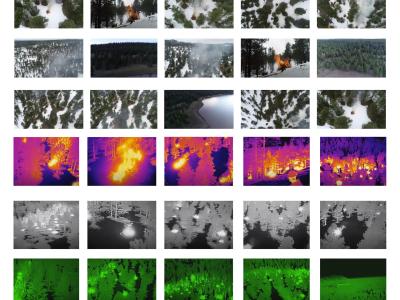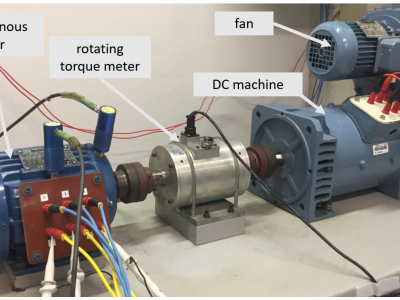Double Attention LSTM and LKSDEC

- Citation Author(s):
-
Kofi Kwarteng Abrokwa (Hefei University of Technology)
- Submitted by:
- Kofi Kwarteng Abrokwa
- Last updated:
- DOI:
- 10.21227/mdft-g866
 138 views
138 views
- Categories:
- Keywords:
Abstract
RAN Slicing (RS) is a 6G Radio Access Network technology for resource allocation that meets the diverse needs of users. The current surge in traffic across vertical services requires a paradigm capable of handling unpredictability in a stochastic environment. This paper follows a sequential approach to address the differing needs in RS. We propose an extended application powered by a Double Deep Q Network (DDQN) to instantiate an Apprentice Agent (AA) that serves users based on on-demand requests. To reduce the AA instantiation time, we utilize a novel graph learning action space reduction technique known as the Laplacian Kernel Function, Spectrum Graph Drawing, and Edge Cover (LKSDEC) to identify the optimal link for instantiating the AA. We then leverage the transfer learning approach to transfer the weights from the Master Actor Proximal Policy Optimization (MAPPO) to the AA, enabling resource allocation to users. Additionally, to enhance the policy learning of MAPPO, we deploy a double attention Long Short-Term Memory model to improve the performance of MAPPO. Our results, in terms of data rate, latency, and queuing cost, show a 20\% improvement compared to the Advantage Actor-Critic, Deep Deterministic Policy Gradient, and DDQN state-of-the-art approaches.
Instructions:
<p> Starting from the LKSDEC-DDQN, the results are stable when the discounted factor is set to $0.85$, while other hyperparameters, such as batch size and learning rate, are varied. Hence, the algorithm is sensitive to changing the discounted factor. In the DALSTM, while batchsize and neurons remain changeable, the algorithm underperforms when the learning rate is different from $0.01$. Further, we realize the loss function becomes a little unstable beyond epoch $40$.</p>










Please I was having trouble when uploading the data set for the double attention LSTM. However the script uploaded which can be used to generate the dataset. Thank you.